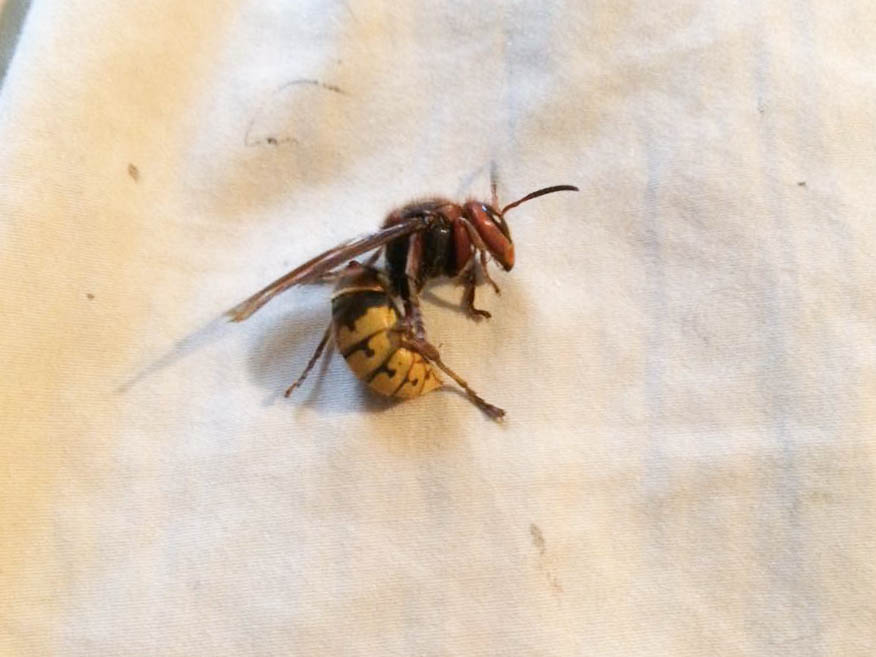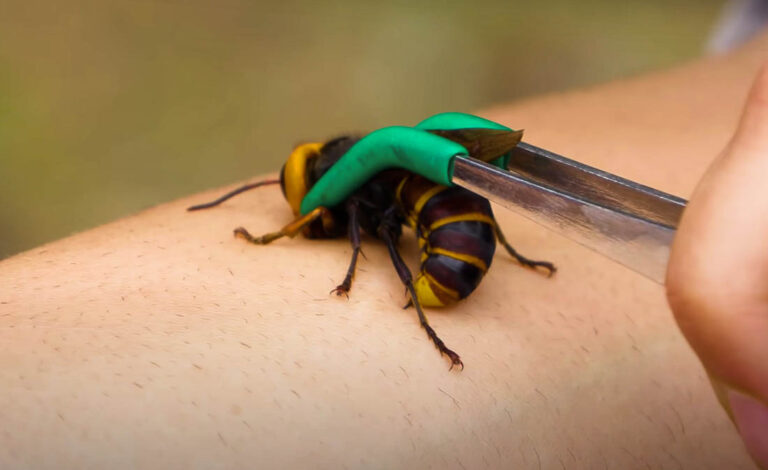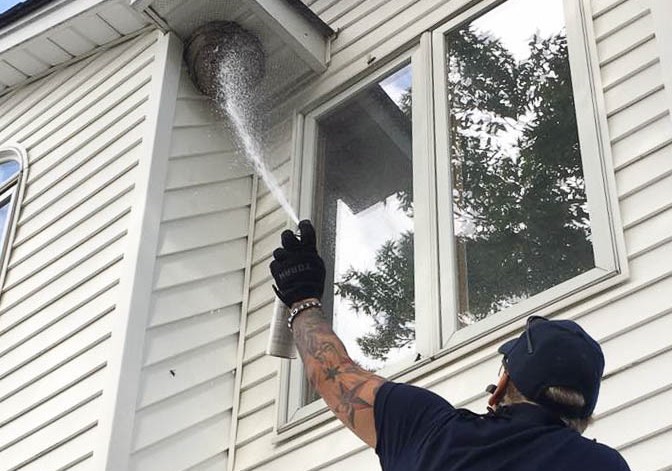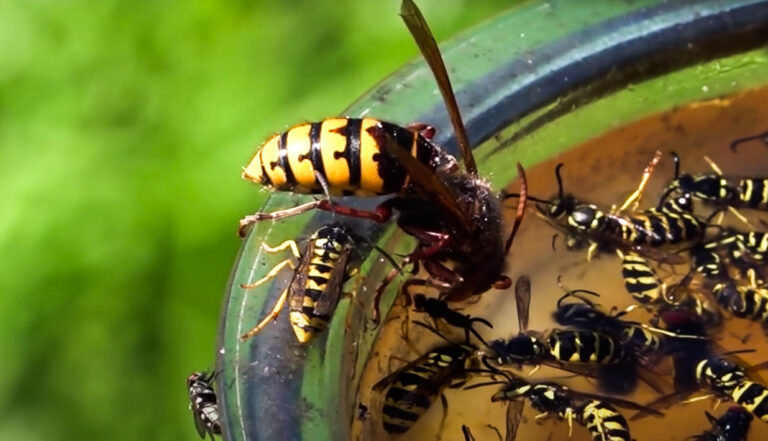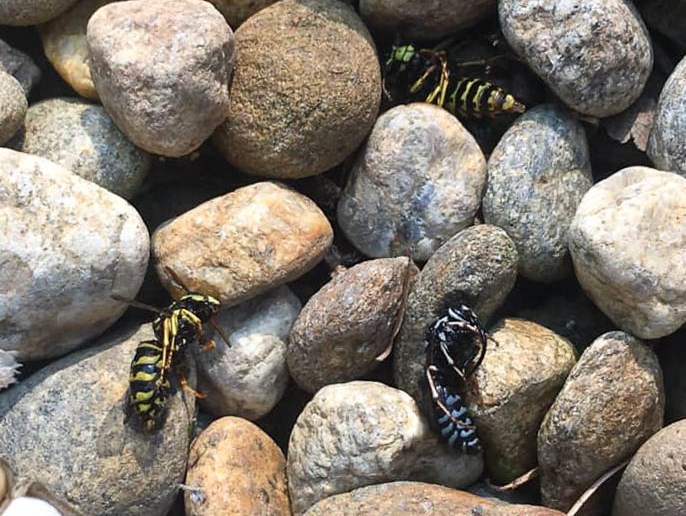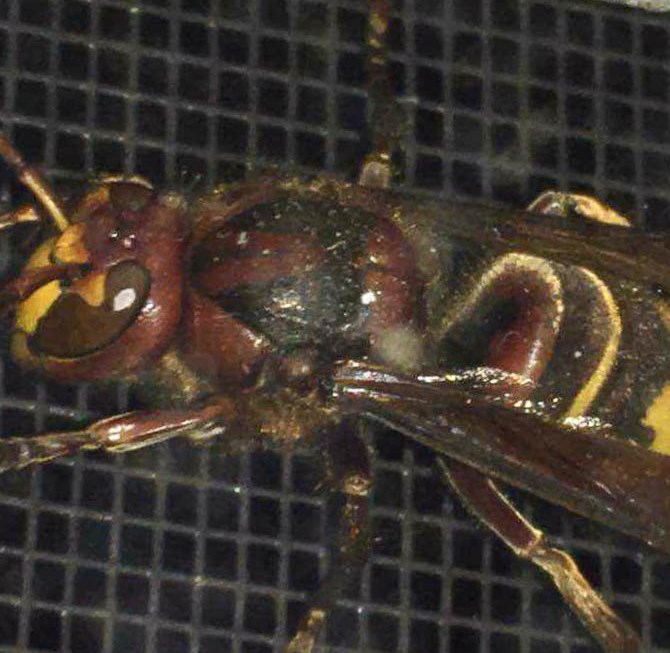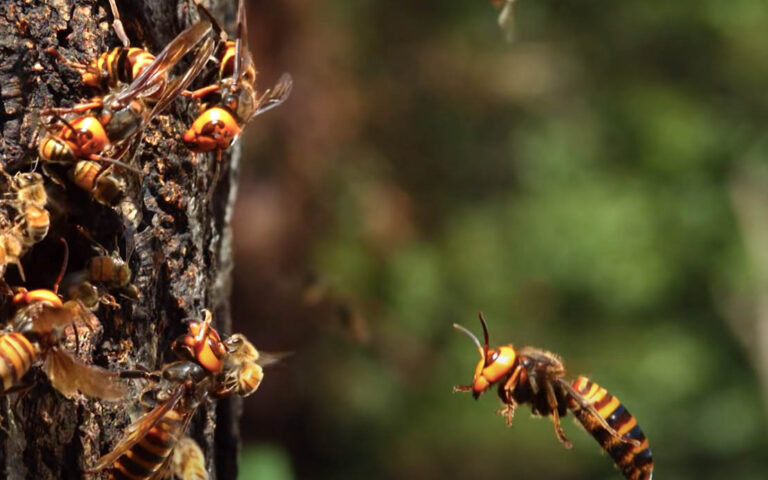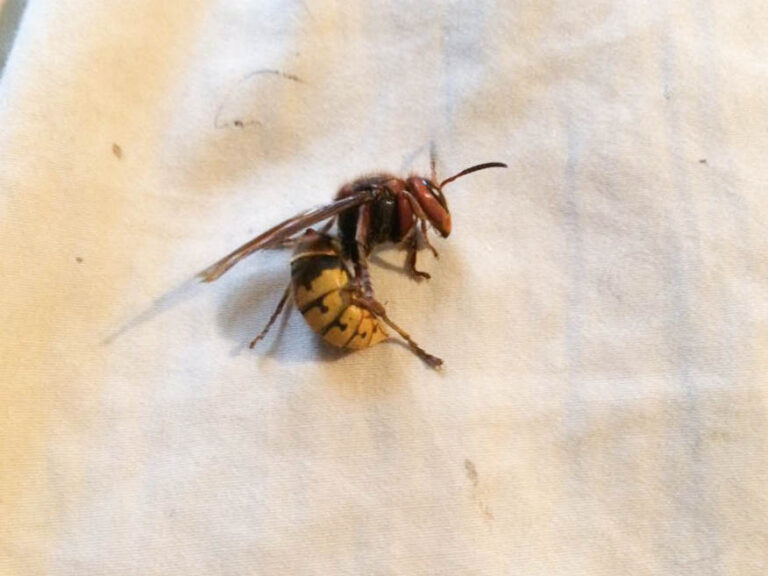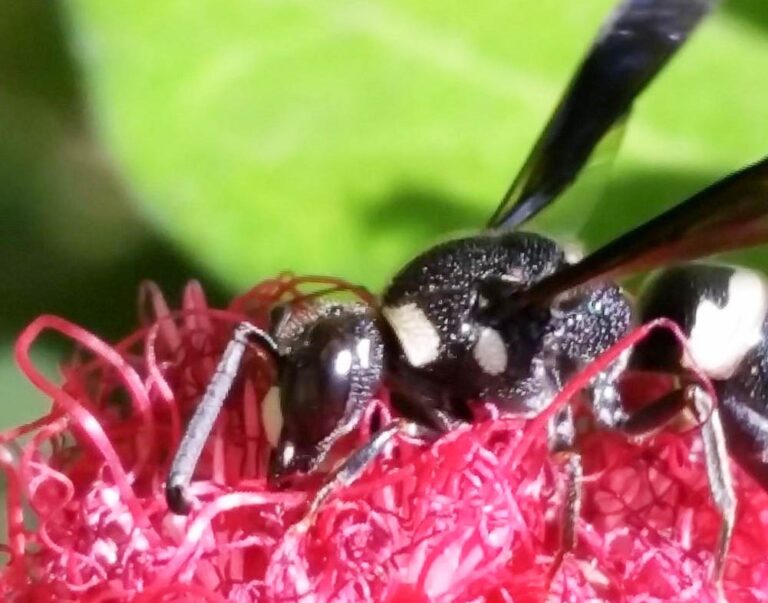About European Hornets
About European Hornets
European hornets are part of the bee family. They feature smooth stingers that can sting repeatedly when attacking. Their main dish includes grasshoppers, yellow jackets, honey bees, and flies. A good point to mention is they help to control insect populations. In addition to these insects, the European hornet will also eat fruit and tree sap.
Appearance
The European hornet is large in size and features a brown color body with stripes around the abdomen that have a yellow or orange tint. The face is a pale shade for disguise. An adult European hornet can grow between ¾ inch to 1 ½ inch long. They do have an antenna and six legs.
Behavior
These hornets thrive in a colony that can have up to 400 members. You will normally see them out in the late part of summer. They are large in size and can look very intimidating however, they are not as aggressive as you might think. In fact, these hornets usually try to stay away from people completely.
If by chance a human does get stung by a European hornet, you will want to treat it immediately because there is so much venom found in the stinger that it is sure to activate a reaction. The stingers are smooth and can sting over and over again. If you are allergic to any bees, you will want to seek medical treatment immediately. If you are not normally allergic to bees, you will want to run and get away from the European hornet or they will continue to sting you repeatedly as a defense.
If the stinger breaks off inside your skin, you will want to remove it immediately in order to stop the injection of venom into your bloodstream. Use a credit card to scrape it if you can see it. If not, you will need to seek medical treatment for removal. European hornets can cause damage to trees because they work to peel the tree bark away from the wood itself in order to reach the sap inside.

Life Cycle
Before hibernation, the queen will become fertilized. When she emerges in the spring, she will then begin to build her nest. She does this by chewing up bites of wood and then uses these bites to place on the wall of the hive. She starts out with a few cells at first so she can go ahead and lay her eggs. Once the eggs hatch, the queen will take care of them, feeding the hatched eggs nectar until they mature and become workers for the hive. Workers are sterile females. The queen produces the eggs that will help populate the colony.
When eggs hatch, more workers join in daily chores to keep building the nest. The workers work hard to expand the nest throughout the spring and summer. They also work to bring food in for the larvae as well. During the latter part of summer, the fertile females and males will hatch. All of the fertile females will then be queens the next spring. These females will go into hibernation for the winter. The males and the workers will die when winter begins.
Habitat
The European hornet makes its nest out of hollow trees or houses or attics. They will also make a nest in or around barns or outbuildings. They have been known to use abandoned beehives as well. If the nests are exposed, they will chew up decayed wood and smear on the nest to give it a brown color to help it blend in.
